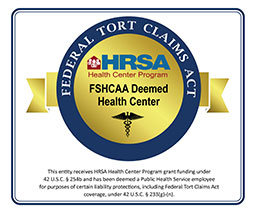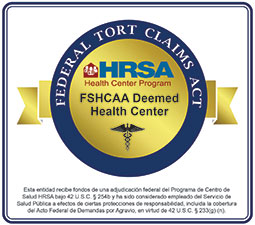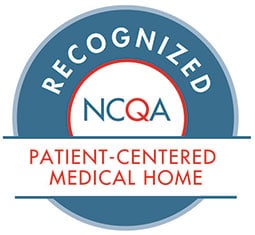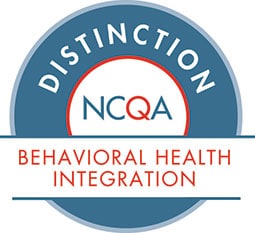May is Asian-American Pacific Islander Heritage Month
 By Thao Le, MSN, APRN, PMHNP-BC, Psychiatric Nurse Practitioner at Health Partnership Clinic
By Thao Le, MSN, APRN, PMHNP-BC, Psychiatric Nurse Practitioner at Health Partnership Clinic
Asian-American Pacific Islander (AAPI) Heritage Month celebrates the cultural contributions and influence of Asian Americans and Pacific Islander Americans. It also provides the opportunity to bring attention to some of the unique struggles that Asian-Americans face – including mental health stigma.
According to the National Alliance on Mental Illness (n.d.), among the Asian Americans with a diagnosable mental health disorder, only 28 percent utilized mental health services. The lack of mental health treatment among AAPIs can be attributed to mental health stigma. Mental health stigma is the negative perception or discriminatory attitudes that others have about mental illness and is unfortunately, common among AAPIs.
Causes of Mental Health Stigma
- “Model-minority” – one of the greatest causes of mental health stigma among Asian-Americans is culture. The term “model-minority” is a stereotype in which Asian-Americans are perceived as successful and the minority group in which other minorities should take after. Under the model-minority myth, Asian-Americans are often described as “smart,” “hard-working” and “overachiever.”The thing is these characteristics don’t sound so bad, do they? Even though the term “model-minority” may sound like a positive thing, it’s extremely harmful because not everyone fits into this narrow box. Not everyone considers themselves, “smart,” or “hardworking” and because they don’t fit into this box, this can lead to feelings of inadequacy, lack of individuality and lack of bicultural sense of self. Because of this pressure of being the “model minority,” Asian-Americans may feel reluctant to admit that they have a problem.
- Stoicism – Stoicism is the belief that one should endure pleasure or pain without showing emotion. This is a common ideology among Chinese migrants, whose practice of stoicism helped them to overcome economic hardship and discrimination to achieve success. The “I can suffer through anything” mentality is another characteristic that again, doesn’t sound like such a bad thing, right? Stoicism is actually perceived as positive trait in Chinese culture, but again this further perpetuates the idea of suffering in silence and that the display of emotions is a sign of weakness.
- Cultural and parental expectations – In especially first-generation Asian-Americans, there can be both external and internal pressure to achieve success because of the struggles and sacrifices their parents made to provide them with opportunity. This, as well as limited career options, can be a significant source of stress.
Success is so focal within AAPI culture that they may neglect their own mental health to achieve it. Asian-Americans may also neglect their own health while caring for others. Children are often expected to care for their younger siblings and elders. Family members may feel reluctant to share their struggles because of how it will affect their individual and family reputations, further promoting the culture of silent suffering.
The Impact of Stigma and Prevalence of Mental Health Illnesses
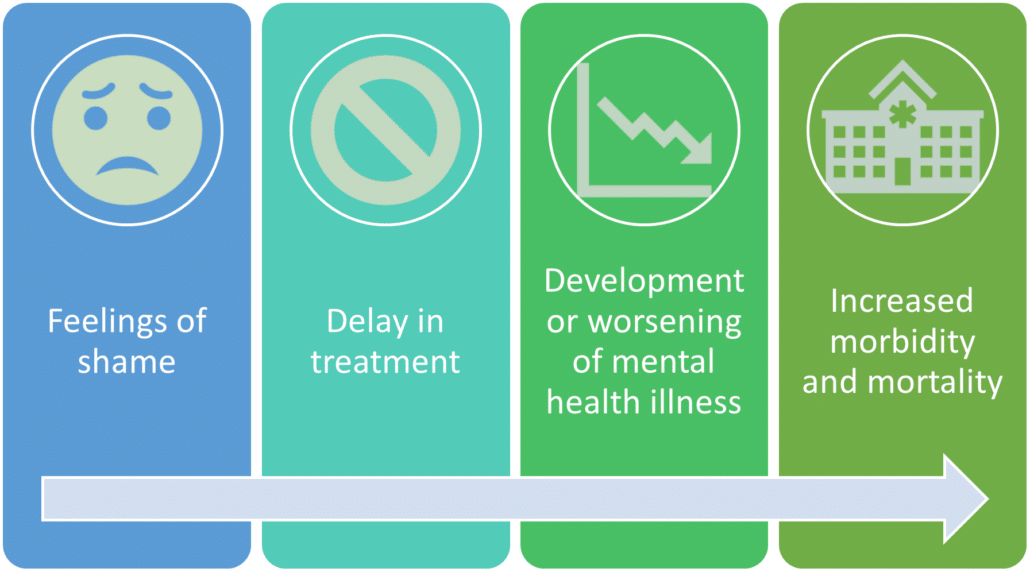
- Trauma among first-generation immigrants which gets passed down to future generations. This is known as inter-generational trauma. For example, a grandfather who was forced to flee his war-ravaged home country may have learned to cope by hiding his emotions. Because of this, he is emotionally distant with his children and his children’s children, which causes them to behave this way, leading to generations of emotional distance and suppression of feelings.
- Major depressive episodes increased from 10 to 13.6 percent in AAPI youth ages 12-17, 8.9 to 10.1 percent in young adults 18-25, and three (3.2) to five percent in the 26-49 age range between 2015 and 2018, according to Mental Health America.
- Anxiety that develops from stress and the pressure to succeed.
- Substance use, including binge drinking, smoking (cigarettes and marijuana), illicit drug use and prescription pain reliever misuse, is more frequent among AAPI adults with mental illnesses.
- Serious mental illness (SMI) rose from 2.9 percent (47,000) to 5.6 percent (136,000) in AAPI people ages 18-25 between 2008 and 2018, according to Mental Health America.
- Suicide is the leading cause of death among Asian Americans aged 20-24 years, responsible for about 33 percent of deaths in that age bracket, according to Mental Health America.
Barriers
Despite the prevalence of mental illness among AAPIs, they are three times less likely than other Americans to seek mental health treatment according to Anxiety and Depression Association of America. This can be attributed to lack of:
- English fluency – According to Health and Human Services, in the United States, a total of 30.9 percent of Asian Americans are not fluent in English and in 2019, 73.5 percent of Asian Americans spoke a language other than English at home.
- Preferred providers – According to the AAMC, in 2018, only 17.1 percent of physicians were Asian. In a study on health barriers in 13 Asian American communities in Maryland, participants explained that many Asian-Americans perceive Asian physicians as more “understanding, knowledgeable, culturally sensitive, and can communicate in their native language. As a result, the lack of accessibility and availability of Asian physicians may discourage AAPIs to seek treatment.
- Available resources/services.
- Culturally appropriate intervention models – AAPIs may prefer complementary alternative medicine (CAM) (e.g., herbal remedies, acupuncture, meditation). In a study on health barriers, 75 percent of participants had used CAM in the past year.
- Understanding of mental illness.
- Understanding of Western medicine or a different kind of understanding of mental illness – Asian Americans may perceive mental illness as bad karma, yin/yang imbalance, or disturbed flow of energy.
- Interpretation services.
- Assistance – Elderly may not want to bother their working children for assistance, and they may not even want to take off work for an appointment.
- Transportation.
- Childcare.
- Health insurance.
Breaking the stigma
As providers, we can break the stigma by:
- Training in cultural responsiveness
- Providing culturally sensitive treatment
- Tailoring treatment to individual needs
- Awareness on mental health stigma among AAPIs
- Administration of depression/anxiety screenings at primary care clinics
- Having CAM available
- Extending telehealth services
- Extending translation services
As a community member, you can break the stigma by:
- Raising awareness
- Supporting one another
- Minimizing shame
- Empowering each other
- Educating yourself and others
- Talking openly about mental health
Health Partnership Clinic offers therapy services, psychiatric medication management and substance use services with translation services upon request. To schedule an appointment or for more details, interested individuals should call 913-730-3664. Therapy Services are available Monday-Friday, 8 a.m. to 5 p.m.

